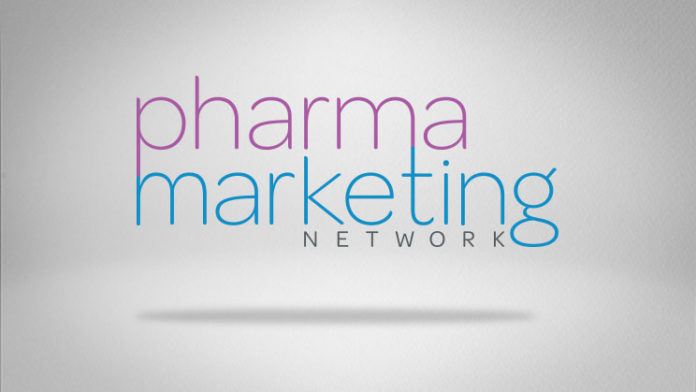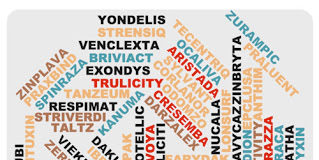Those pens that pharmaceutical sales reps hand out to physicians are often cited as examples of gifts to physicians that are meant to increase physician loyalty to the drug brand that made the gift.
Defenders of free gifts to physicians bristle at the notion that such gifts could influence the prescribing habits of physicians. Nevertheless, there is a big industry that caters to the needs of gift giving pharma companies as illustrated in this full-page ad that appeared in the February 2008 issue of Pharmaceutical Executive (PE) Magazine:

Obviously, Senator Pen, which produced and paid for this ad, must think
- pens can influence physicians and
- this ad will return a positive ROI.
The ad effectively ties together “Put(ting) your brand in their hands” and “Put(ting) your brand in their heads.” If the ad imagery and tagline aren’t enough, the ad copy is even more explicit: “These award-winning designs provide an elegant, yet useful way to keep your brand in their hands, and on their minds.”
The graphic image of the doc holding the pen with the message “If you want your brand here. Start by putting it here.” (I don’t know why there’s a period after the first “here;” it should have been an ellipsis … or a comma. Poor copy editing.) That kind of puts to rest the notion that pens do not influence doctors, wouldn’t you think?
The ad clearly conveys the notion that pens can influence physicians, but is it economical to place a full-page ad for pens in a major pharmaceutical trade publication? It all depends if the ad results in sales — and only one sale would be required to return a pretty good return on investment (ROI) in my opinion.
Let’s say it costs $5,000 to run a full-page ad in PE. I calculate that just one pharmaceutical company order of the new, award-winning “NewSpring” pen will more than cover the expense of this ad.
Here’s my math:
A pharmaceutical company with 2,000 reps working a brand would order at least 150,000 pens — about 75 pens per rep. If each pen cost $0.10 to the pharma company, that’s a $15,000 order. I am sure the margin on these pens is very high, say 50%? Therefore, just one pharma order could bring in a profit of $7,500 and the ROI for this full-page ad would be at least 150%, which isn’t bad — about the same as the ROI for a decent DTC campaign.
It’s much more difficult, however, to estimate the ROI on the pharma company’s investment. If the pens were handed out to 50 docs per rep or 100,000 docs, then each doc would have to bring in a mere $0.15 worth of new scripts to cover the cost. Say, however, that only 2% or 2,000 docs that were given pens are subject to gift influence peddling — the other 98% of docs threw their pens in the waste basket. These easily-influenced docs would have to write $2.00 more scripts for the drug than they normally would to make the pen project break even for the pharma company. That seems like a realistic scenario.
In other words, free pens like this pay off even if only 2% of docs that receive them are influenced to prescribe a tiny bit more of the drug brand emblazoned on the pen.
Now you know why the drug industry is unlikely to eliminate free gifts to docs — gifts work and easily provide a positive ROI. Why else would any sane capitalist enterprise do it?









![6 Digital Tools at the Center of Healthcare Digitalization [INFOGRAPHIC]](http://ec2-54-175-84-28.compute-1.amazonaws.com/pharma-mkting.com/wp-content/uploads/2021/04/6DigitalTools_600px-100x70.jpg)




